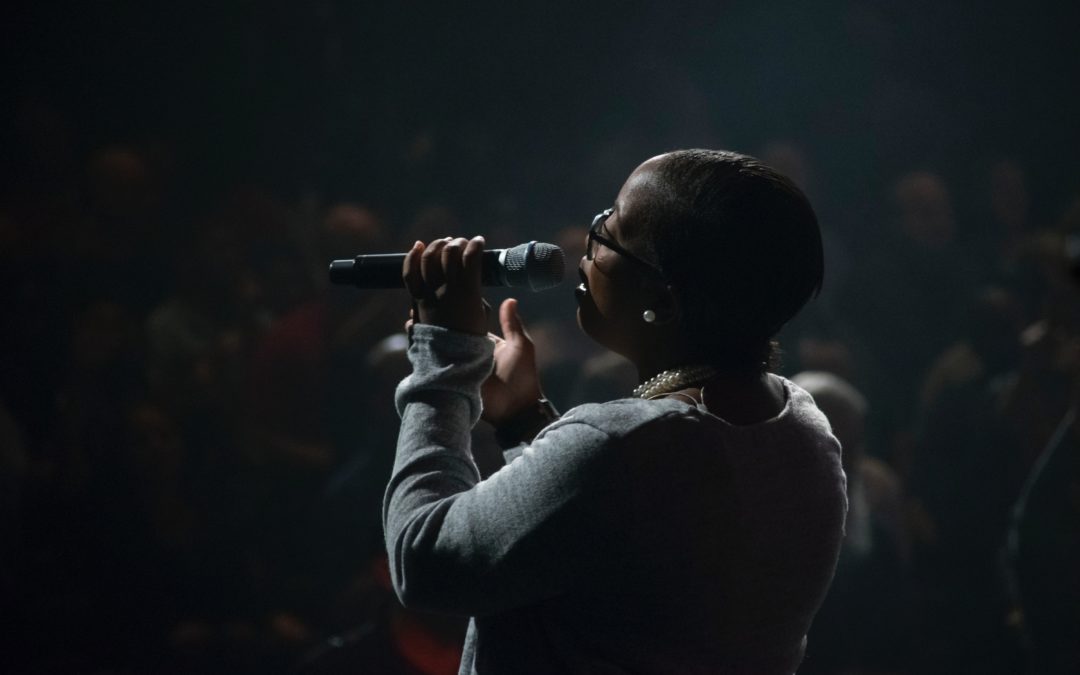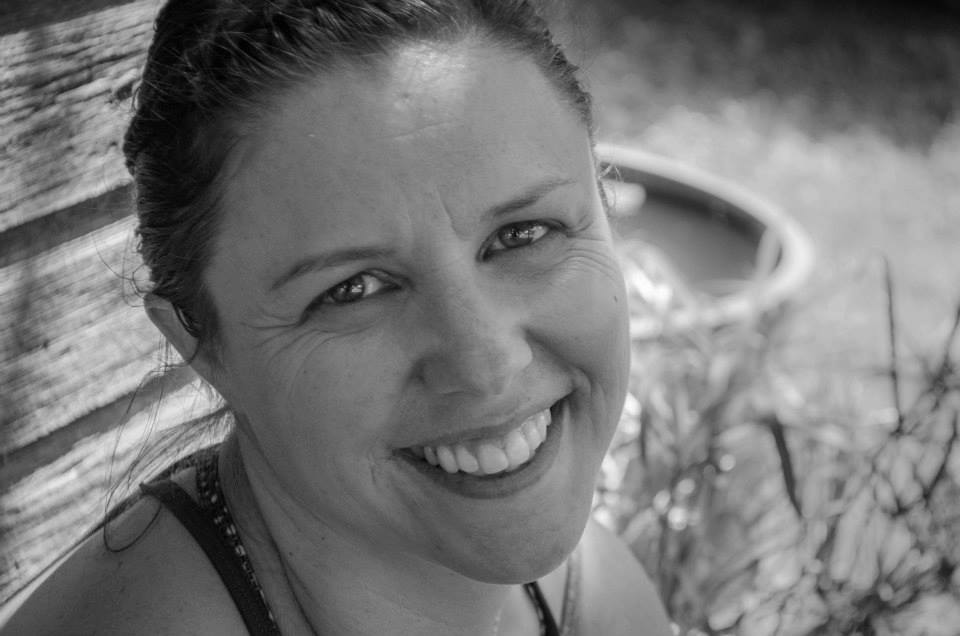Female Role Models Are Not Just For Women
My facebook feed has been filled lately with long threads with women talking about the need for more women’s voices in my profession (chiropractic).
The facebook posters explain how nearly half of the students in chiropractic college are women — and yet chiropractic leadership roles continue to be mostly male.
-
Our chiropractic college presidents? All male except one (in the UK).
Our professional organizations leadership boards and officers? Vastly male.
Speakers booked for professional conferences and seminars? Still nearly 70% male, at best — 100% male, at worst.
The battle lines are drawn
The chiropractic speaking line-ups have been a HOT TOPIC lately. The scenario has (frequently) been like this:
People (men) create chiropractic events with a highly publicized line-up of speakers with nary a female chiropractor in the batch.
Someone (a woman) publicly complains — and then the event organizer hastily scrambles to book (a) woman to show their good intention.
The organizer feels shamed and frustrated and misunderstood. He is not happy about what went down. He didn’t mean to exclude women. It just “happened.”
The women who point out the inequality are shamed for “making a fuss” or told that they are exaggerating.
Everyone is angry and defensive — which seldom creates opportunities for growth and understanding.
The Showdown
People say that the solution is for more women to step up and “do the work” — which will put them on these event lists organically. Or that women should put on their own events, you know, for the women who are concerned about this.
This is incredibly frustrating to the many women who have been doing exactly that —the work — at great personal effort and sacrifice. Women in chiropractic step up — and get ignored.
This happens. Every. Single. Day.
Women in chiropractic HAVE been “stepping up” — or as Cheryl Sandburg taught us — “leaning in” — for quite a while now.
I have personally coached hundreds of women in chiropractic— in public speaking and content shaping and storytelling. Others have been coaching women in this work long before me.
But the truth is — breaking into the speaking gigs, leadership roles and professional limelight is not so linear.
For example — I have been told I was not booked to speak because of the following reasons:
-
a) My work (I teach chiropractic communication) is not chiropractic enough (at events where there was much less chiropractic specific topics).
b) I don’t have a big enough list (at events where there where there were speakers with virtually no list).
c) I don’t promote myself enough and no one knows my brand (at events with speakers who were brand spankin’ new to the marketplace).
d) I need to wait. Everyone has to wait. Be more patient. Stop asking.
e) Work harder. Be more aggressive. Ask and email incessantly.
f) I just wasn’t “right” for the event. (Ie. professional politics, I think.)
No one has ever told me my content is just not good enough, or my speaking skills not up to par.
Yet sometimes I get treated like a second class speaker. For example, I have had some terrible introductions and some truly awful speaking slots (while coming to speak at these events at my own expense).
This “professional break through” process is exhausting. And disheartening. I haven’t given up, BUT — it is not so simple as they say.
We are told time and again, “Do the work. Build a brand. Build a business. Have a great topic. Deliver great content.”
Women do all these things — and then we are compared to the men in the profession and told that we just don’t match up.
I gotta call bullshit on that. We deliver. Sometimes it just LOOKS different.
(I could write a whole post just about the numerous times I have seen male speakers break every single rule of professional speaking and professional politics — and STILL get asked back to speak the next year — rather than taking a chance on introducing a new voice. SMH.)
But that’s not all
There is one major element that keeps slipping through the cracks in these (often heated) conversations.
We don’t need female role models for the women in chiropractic. We need female role models for every single one of us.
We don’t need more women speaking on stages just so women will come and attend the conference. We need more women speaking on chiropractic stages so that we ALL can hear from a perspective that has been under-heard and (inadvertently) under-valued.
We all need to hear from a range of voices in order to understand and grow, as professionals, and as human beings.
Building a role model
I have had many incredible male role models in this profession. And even though I do not also have a penis — I have learned so much from them.
I have been informed by their intelligence, their character, their style of communication, their confidence and commitment.
Most of my role models (male and female) have more characteristic different from me than characteristic the same as me. That difference is a huge part of what made them such valuable mentors and teachers.
The lack of female representation in chiropractic is not an issue for women. It is an issue for every single chiropractor who cares about the future of this profession. This is an issue for EVERY one.
I am not writing this article so other women will share it and tell me they agree. I am writing this article so that we ALL can come to understand that this situation is messy and it is affecting us all and we all will benefit when we take care of each other.
I don’t only talk to my daughters about feminism. I include my son in every single conversation. His understanding and willingness to see someone else’s experience matters just as much.
Let’s talk about intersectionality.
This conversation is bigger than gender. This conversation is about unheard voices every where.
Intersectionality is the view that women experience oppression in varying configurations and in varying degrees of intensity. Cultural patterns of oppression are not only interrelated, but are bound together and influenced by the intersectional systems of society. Examples of this include race, gender, class, ability, and ethnicity.
I care about learning (step one) and sharing (step two) ways to support ALL people whose experience and culture is not the status quo.
I want my children to fully grasp why they need to understand that different people experience different things — even though we are all supposed to live in a world that treats every one fairly and equally.
If my children cannot grasp that the world is not fair — how can they make it a better place, for the generations to come?
If my children cannot get past their own defensiveness about their privilege (of which they have much) — then how can they see the world clearly, without the fog of their own perspective?
If my children cannot be open to seeing how much they DON’T know — about the experience of other’s race, culture, class and abilities — then how can they change anything, ever?
If I cannot invite and fight for new voices to have a seat at the table, how can I be a true mentor for my children?
If I am not willing to have this conversation, how can I help the thousands of young chiropractors who come into this profession every year — men and women — eager to serve — and innocent to the (inadvertent) biases ahead of them.
As chiropractors — we already do things differently.
We celebrate what is RIGHT with people. We lift people up to their highest level of health through their capacity for adaptability.
Adaptability does not stop mattering at the level of the nervous system. We need to look at the full living ecosystem of our profession and find ways to support and lift all voices and all possible mentors.
Find what’s right! There is so much right out there in chiroland!
This profession needs many mentors
-
Mentors who share from their own unique truth — knowing that their truth matters and also is not the ONLY true experience.
Mentors who listen as deeply as they share.
Mentors who teach us patience and kindness to ourselves and then to others.
Mentors who show us how to recuperate after the hustle.
Mentors who co-create and collaborate.
Mentors who share their authentic selves without having “all the answers.”
Mentors who honor the difference of experience of being a human being.
Mentors who hold space for what is possible.
Some of the mentors we all need are women.
Some of the mentors we all need are black.
Some of the mentors we all need are gay.
Some of the mentors we all need are millennials.
Some of the mentors we all need are disabled.
We need mentors that represent the incredible diversity of the chiropractic profession.
These mentors matter to every single one of us.


